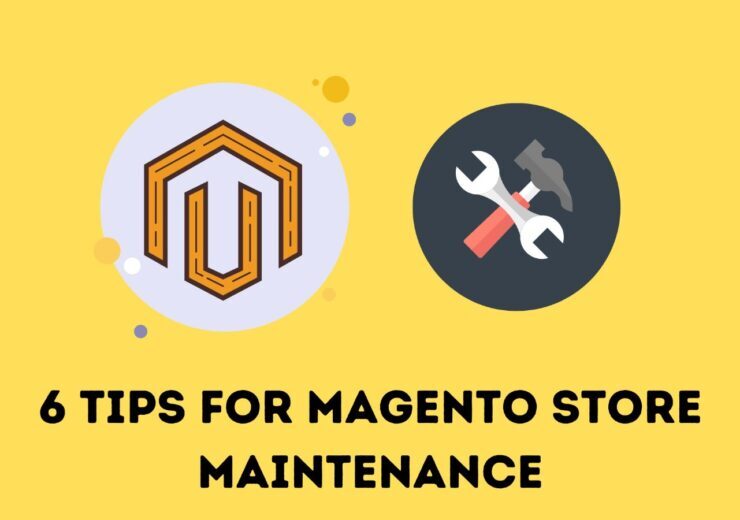10 Strategies to a Perfect Magento 2 Blog

The internet is a vast, magical place, and blogs are like magical wands. It’s like having a superpower that attracts visitors and wows search engines.
A method that can differentiate your company is creating content that connects with your customers, addresses their concerns, and delivers value. Integrating a blogging platform into your Magento website development USA setup is one of the crucial elements in producing such material.
The Magento development business in the USA places a high priority on optimizing Magento 2 websites for search engines in an era where free organic traffic is still a critical component of online success.
The following are 10 strategies for setting up a blog on Magento 2:
Magento 2 integration with a WordPress blog:
Using a free plugin like FishPig is a simple method to incorporate a blog into your Magento website development USA company’s online store. Start by downloading the plugin and extracting its contents to your Magento installation’s root directory.
Installation and configuration:
Access your Magento SSH account after extraction, then go to the root directory. To enable the FishPig WordPress module, upgrade setup, compile DI (Dependency Injection), and flush cache, run the corresponding commands.
WordPress Integration with Magento Admin Interface:
Once the scripts have been run, you can access WordPress using the administrative interface of Magento. WordPress Integration with Magento Admin Interface. Enter the URL of your blog and the directory where WordPress is installed in the settings menu to finish the integration.
Making New WordPress Blog Entries:
As a well-known Magento website development company in USA, we are aware of the value of efficient content management. Use the intuitive WordPress dashboard to create fresh blog posts that highlight your skills. You may quickly create and format content to enthrall your audience by selecting ‘Posts’ and then ‘Add New Post.’ Utilize WordPress’s capabilities to edit the post’s title, URL, and categorization before publishing to create a polished and effective appearance.
Generating Original material:
A win-win technique is to produce material that responds to the queries and concerns of your audience while also boosting search engine results. In order to give readers a taste of the content, blogs are frequently displayed with excerpts. WordPress, for instance, only displays 55 words. Within the blog’s Reading section, such settings can be changed.
Increasing Visual Appeal:
A Magento website development USA business helps you incorporate photos into your blog posts to give them a new angle and improve the reader’s experience. However, be sure that image file sizes are optimized before uploading. It is advised to use programs like TinyJPG to compress JPGs and PNGs. Every image should have a keyword-rich alt text that describes it. Additionally, picking a featured image is important because the blog’s index page prominently features it.
Also Read –> 6 Tips for Magento Store Maintenance
Magento 2 Blog Add-On Installation:
There are options like Magefan or other plugins if you do not want to integrate a WordPress blog. Using Composer or FTP, download and configure the relevant extension.
Making Blog Posts in Magento 2:
In the Magento 2 system, making blog posts is simple. Access the Content > Blog > Posts page. To change the post’s title, URL, and other details, click ‘Add New Post’. To ensure a categorized indexing, assign categories.
SEO Optimization:
As a top Magento website development company in USA, blogs are essential to your entire SEO strategy because of the information they provide. When created in coordination with knowledgeable experts, they improve website exposure in search results, build reputation with Google, and encourage repeat business. Using resources like extensions, like MageFan, can help you maximize your efforts. For instance, MageFan provides a section called ‘Short Material’ where you may share interesting content samples to entice users to learn more about what you have to offer.
Using imagery:
Blogs offer a platform for in-depth discussion of a variety of subjects, and include photographs adds a visual element to engagement. Although Magento 2 automatically reduces the size of submitted photos, it is still advisable to guarantee proper aspect ratios. In particular, this optimization is crucial for improving mobile user experiences.
Conclusion
The thoughtful incorporation of a blogging platform, whether via WordPress or specific Magento 2 add-ons, you are given the ability to create valuable content by a Magento development company in USA, which engages users and improves your search engine rankings. You’ll notice the gradual advantages of more traffic, better SEO, and better user experiences as you write, curate, and optimize blog material.





